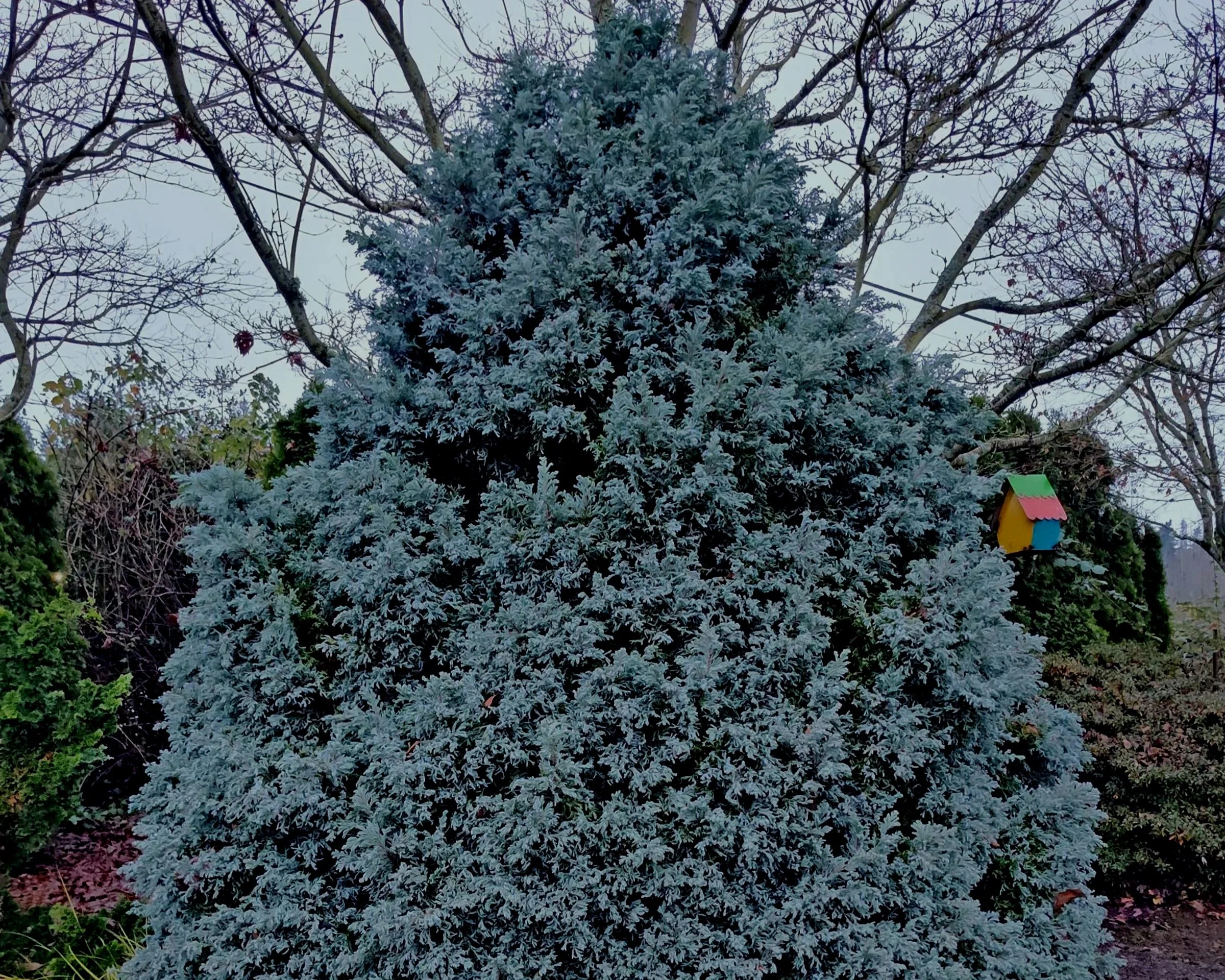Spring is always a great time to talk plants, and this week Hostas (or what some call Plantain Lilies) are on the top of my mind. This time of year local garden centers provide plant enthusiasts with a slew of options, big or small, with varying textures, variegation and flowers. Now, I am always honest and will freely capitulate that I am a plant addict… period. But having said that, there are certain species that I cannot seem to get enough of, and you guessed it, Hostas are one of those plants. I continue to add them here and there in my own garden for pops of foliage color wherever needed, as the motto “there is always room for one more” always rings true in my garden.
Hostas have a reputation for slugs, but I will disagree to some extent on this as they have never been a huge issue in my yard over the years. Some organic Sluggo (Iron Phosphate) works well on slugs and snails, and is naturally safe for us, our pets, birds, and wildlife. Getting Sluggo down around vulnerable Hostas (and other susceptible plants) in spring is ideal and will prevent any damage from starting for the season. Another trick that I have learned over the years is that the more puckered or textured foliage varieties boast superior resistance to these leaf destroyers, without a doubt. Going a little OCD, like me, and cleaning up debris around them, particularly in the fall, eliminates hiding places and will help immensely as well. My point is simply this, don’t be a “Hosta hater” because rumors persist about their propensity for slug damage and IF you do see slugs out and about, using a totally safe product like Sluggo really does work.
Hostas love our local climate, are super hardy, and frankly just get better and better with age. These clumping perennials will go dormant with frost each fall, but pop back to life in spring once again. If you want to follow my practice, I simply scrape up the foliage after frost, clear the debris around the crown, and then mulch with some compost to help protect the eyes. In March, I scrape the excess compost away, add a ring of organic rose and flower food around the crown, then use that same compost to cover the food and provide mulch for the season. I doubt you will have to feed them a second time, just provide a little summer water on new plants to get them established. Older plants are surprisingly drought tolerant and will need much less irrigation in our dry summers.
Hostas are so simple to grow yet provide so much impact in landscapes. With bold variegated foliage, mixing in whites and yellows with green and bright blues, these perennials are ideal to combine with other plants for contrast. Ideally they will thrive in part sun to part shade locations, as receiving half day sun (preferably morning) is perfect. They are a useful plant to fill in those shady garden spaces and accent containers with attractive foliage, including underneath established trees in drier shade. They will all bloom in early to mid-summer with tall stalks of flowers of white, lavender, or even purple depending on the variety. Many of them are fragrant and all will attract pollinators, including our friends the hummingbirds.
With over 2,000 named flavors of Hosta, and new introductions continuing year after year, there are certainly a few to match anyone’s tastes. Blues, bold yellow variegation, softer white variegation, small leaves, huge leaves, tall, short or miniature… Hostas really do come in all shapes and sizes. Here are a few things to ponder along with some excellent varieties that I suggest looking for…
Miniature Hostas: These little cuties will stay tiny, maybe 6-inches tall, and are perfect to tuck along shady borders and in pots for foliage color. ‘Blue Mouse Ears’ (nice blue), ‘Sun Mouse’ (soft yellow), and ‘Mini Skirt’ (variegated green and yellow) are a few that I have enjoyed.
Look at stem color: The latest craze in Hostas seems to be stem color. Think Rhubarb here (same great foliage), but now add color to the stalks! A couple that I recently added to my place are ‘Gooseberry Sundae’ and ‘Sorbet’, both worthy of any Hosta enthusiast’s garden.
Go bold with variegation and size: Some of the specimen Hostas will surprise you with their size down the road. Flavors like ‘Sum and Substance’ (chartreuse and textured), ‘Eola Sapphire’ (huge blue), ‘Liberty’ (bold yellow variegation), ‘Krossa Regal’ (textured blue) and numerous others are available. A couple newer ones claim to have the largest leaves now; ‘Empress Wu’ (blue) and her variegated sport ‘Wu La La’ are truly impressive, larger growers.
Go with unique foliage: There are a few Hostas that I think many gardeners would see and not think “Hosta.” If you want to add some frivolities to the shade garden (or pots) go with ‘Praying Hands’ or ‘Curly Fries’ – both sport unique foliage and are smaller and tidy.
I could continue on and on, suggesting more and more cool and easy-to-grow Hosta varieties, but I’ll try to control myself. The typical medium-sized plant (growing 12 to 24-inches tall and a little wider) offers hundreds of options for foliage color and contrast. I challenge you to look some of these up, or come see them in person, and try to resist the temptation of adding some into your own outdoor spaces…
‘Striptease’: Bold chartreuse centers with white margins, green borders and is fragrant.
‘Lakeside Paisley Print’: Feathery, yellow variegated centers, tidy and compact.
‘Vulcan’: For Trekkies like me, a combination of white, deep green and lime colors.
‘June’: Blue-green borders and striking yellow centers, tidy and compact.
‘Guacamole’: An avocado-green color mixed with yellow and blues, and is fragrant.
‘Patriot’: One of best with ivory-white margins and deep green centers
‘Cherry Berries’: Narrower foliage, bold creamy variegation and striking red stems.
As perennials burst back to life this spring, I am reminded how much I truly love my Hostas. As a plant addict, I might have too many, but then again, it is not hoarding if it involves plants… right? I think most gardeners, like me, can always find spots here and there to tuck more of these beauties into the garden. When you add in the variations of foliage size and color, their drought tolerance and their ease of cultivation, Hostas are hard to beat. Stop into your local garden center to look at the selection, there will likely be a flavor that both catches your fancy and perfectly fits in your garden palette.
Remember, leaves up and roots down…



